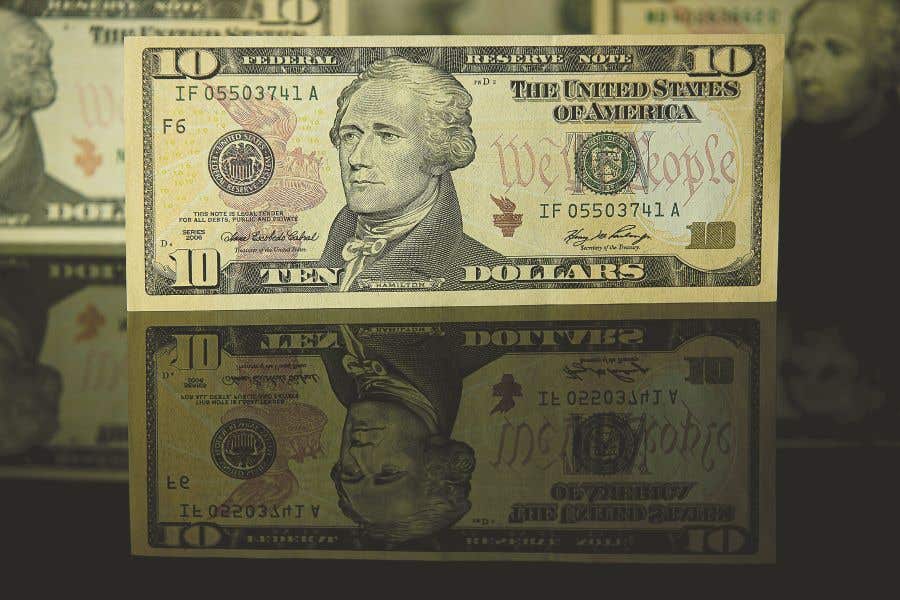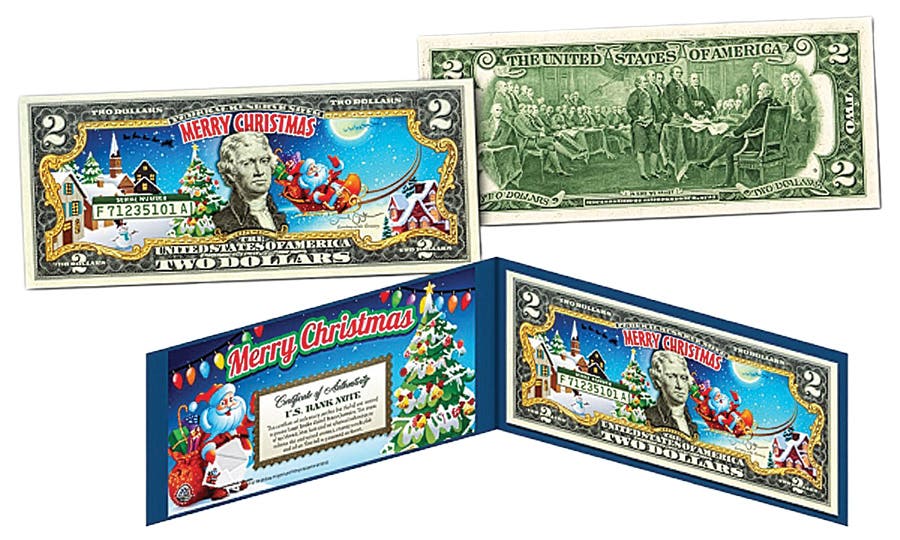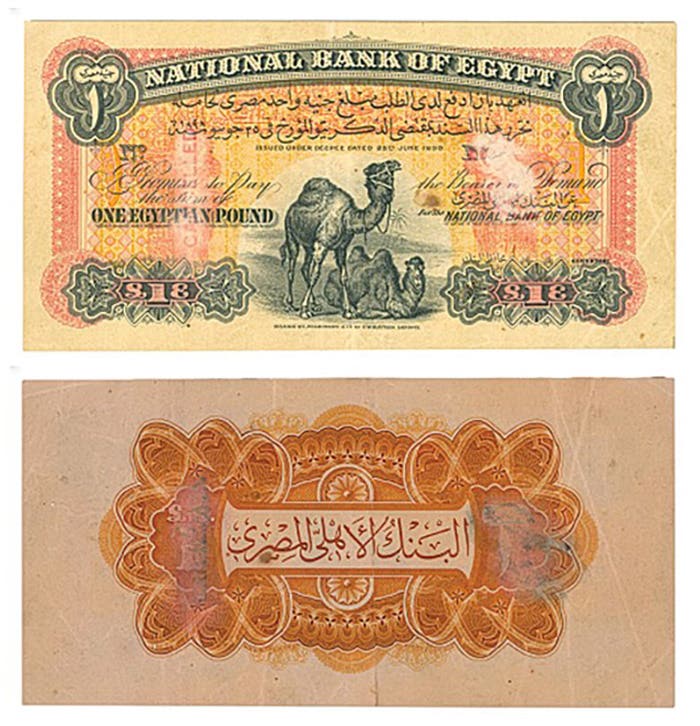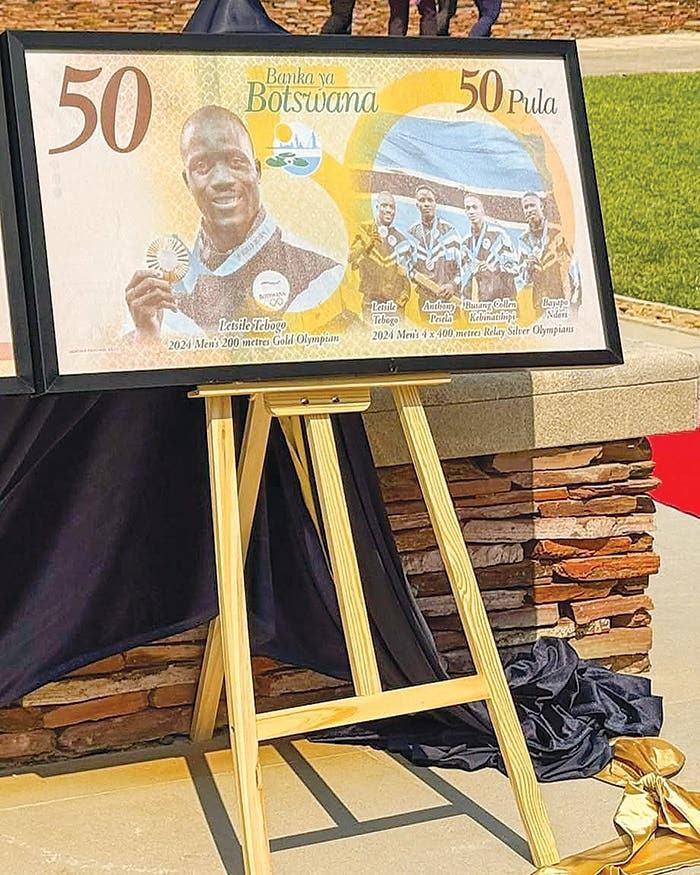Thrive and Survive: Conrad v. Tower City
by Mark Hotz I hope you all are enjoying your summer so far. We in the East Coast have avoided virtually all of the crazy weather conditions that have plagued…
by Mark Hotz
I hope you all are enjoying your summer so far. We in the East Coast have avoided virtually all of the crazy weather conditions that have plagued much of the Midwest and South. This month a new purchase and some interesting photos gave me the impetus for my current article. Since by this time you all know how much I like an abandoned bank and small towns in general, I hope you enjoy our sojourn in Tower City, North Dakota, and Conrad, Iowa.
North Dakota had its heyday during the National Currency era, with thriving small agricultural and railroad towns, each having its own national bank (and in some cases, more than one.) But changes in technology, brutal weather, and reduced dependence on small farms and railroads turned many of these towns into ghosts or near ghosts.
I was fortunate to obtain a large size note from the First National Bank of Tower City, North Dakota, recently. Tower City is a very small town that straddles the line between Barnes and Cass Counties in eastern North Dakota. It lies 46 miles due west of the city of Fargo. The current population is 253, though its peak population of 460 was back in 1910.
Charlemagne Tower, a leading eastern railroad shareholder and landowner, was urged to develop the land in western Cass County so that further settlements along the railway line could be assured. Through a friend, Tower met and then hired George Ellsbury from Winona, Minnesota, to be his land agent. Land sales and development in eastern Dakota Territory were soon underway.
In the spring of 1879, many people from Winona, Minnesota were encouraged by George Ellsbury to come to the area where present-day Cass and Barnes county lines meet. Ellsbury had been deeded 608 acres to establish a townsite. The deed was filed for the new town in August of 1879. The agent surprised his “boss” by naming the new site Tower City and insisted the name could not be changed when Tower argued that it should be called Ellsbury.
From the outset, Tower City leaders had lofty goals. George Ellsbury sought to have only “people of good character” and “high quality” settle the area, preferably American in birth. He also emphasized that he did not want the evil influence of liquor to be present and would not sell land for saloon purposes!
As more land was settled and farmed and local businesses increased, the new town’s future appeared to be bright. Even a city newspaper was started, at first published monthly, then weekly. With the population growth, there were no limits to the town leader’s visions of greatness. In 1880, Ellsbury had an idea: that of creating a new county between Barnes and Cass, and having Tower City named county seat of Tower County. Although this plan did not materialize, it was not forgotten. A year later an attempt was made to create Ordway County, with Tower City again proposed for the county seat. This plan, too, failed. Not to be denied, the town powers sought to have the state capital located in Tower City. However, Bismarck was able to offer a greater financial package, $100,000 versus the $15,000 proposed by Tower City. That ended the pursuit of greater renown in a bigger arena.
The next Ellsbury plan was to establish a University of Tower City. With support sought from the Baptists of Dakota Territory and an assumed large donation from Charlemagne Tower, the college broke ground in 1884. But without the endowment expected, the plans had to be downsized regarding any new buildings. Next, the school building and a hotel were offered for use, so in 1886 the college opened. By the end of two years’ existence, finances dictated that Tower University close its doors.
Over the years, the population of Tower City began to wane, and fires and tornadoes wracked the business district, destroying many of the buildings. Some were later abandoned and razed. Such is the life of many rural small towns in America.
The First National Bank of Tower City was organized at the end of 1902 and received charter #6557. The first officers were brothers R.P. Sherman, president, and S.F. Sherman, cashier. The bank issued Series of 1902 Red Seals, Date Backs and Plain Backs. The bank also issued some Series of 1929 small size notes, but because the bank went into receivership in December of 1929, only 40 sheets total of small size notes were issued, and none are known today. Ten large size notes are reported. The total circulation was $453,000.I have included a photo of my note, a Series of 1902 $20, with signatures of A.M. Voorhees, president, and J.W. Chapman, cashier. These men took office in 1922.
Tower City today has a population of around 260, and has a modern local district high school within its limits. The old main business district, along Broadway Street, once had sturdy buildings lining both sides of the street. I have included a vintage photo postcard view of Broadway Street circa 1910, with the bank the second building on the left identified by a large arrow.
Today, only two brick buildings are left standing on Broadway Street, the rest having been destroyed or razed over the years. The street does have a few modern prefabricated steel buildings and one lone wooden false front store that dates from the early days. The bank, once in a cluster of brick buildings, stands alone and abandoned just north of the intersection of Broadway and 2nd Street. While a bit sad in its own right, it is still there, and it is just the kind of bank building that I love. I have included a photo of it along with a photo of the only other brick building, once a group of stores and later the Tower City Market, but now abandoned.
Now, we will take a look at Conrad, Iowa. I have had notes from this town before, but I don’t actively collect Iowa, so I sold them. It is, however, an interesting contrast to Tower City.
Conrad, Iowa, is located in Grundy County in east-central Iowa, with a population of 1,100. As the crow flies, it is 45 miles southwest of Waterloo, easily reached via State Route 14 and County Road D67. J.W. Conrad, Conrad’s namesake, settled in southern Grundy County near Wolf Creek in 1853. In the spring of 1880, the Chicago and Northwestern Railroad began work on a rail line running through Wolf Creek Valley; soon after, a plan for the town of Conrad was established. In 1894, a fire broke out and destroyed nearly every downtown building. The town rebuilt immediately, replacing wood-frame structures with brick buildings. Known for its rich black dirt, Conrad claims to be the “Black Dirt Capitol of the World.”
The First National Bank of Conrad, Iowa, was organized in April of 1909 and received charter #9447. It was a small-town bank, and its total circulation was just under $270,000 prior to its liquidation in November 1931. Around 12 large and two small size notes are reported. I have included a photo of a nice large size Series of 1902 note from Conrad; I regret I was unable to obtain a photo of a Series 1929 small size note.
Conrad’s business district, centered on Main Street in town, has been remarkably well preserved. In 2007, Conrad’s Chamber of Commerce and Main Street programs merged to form Conrad Chamber-Main Street. Conrad’s Chamber of Commerce was formed in the 1960s but had been in existence for many years before as the Conrad Commercial Club. Conrad was accepted into the National and State Main Street programs in 1991 but acted as a Main Street program since 1989 while awaiting official Main Street status. As a result, empty storefronts were revitalized and today Conrad’s Main Street features 100 percent occupancy!
The old First National Bank building with its distinctive arch façade still stands on Main Street downtown. I have included photos of both sides of Main Street as they appeared circa 1915. The First National Bank building is indicated with an arrow. On the opposite side of the street, the Conrad State Bank can be seen on the foreground corner. I have also included the same (but consolidated) view as it appears today, with virtually all the buildings intact and in good use.
It is interesting to note how some small towns thrive and survive, and others do not. I thought that the juxtaposition of Tower City, North Dakota, and Conrad, Iowa, illustrated that very well.
Readers may address questions or comments about this article or national banknotes in general to Mark Hotz directly by email at markbhotz@aol.com.









